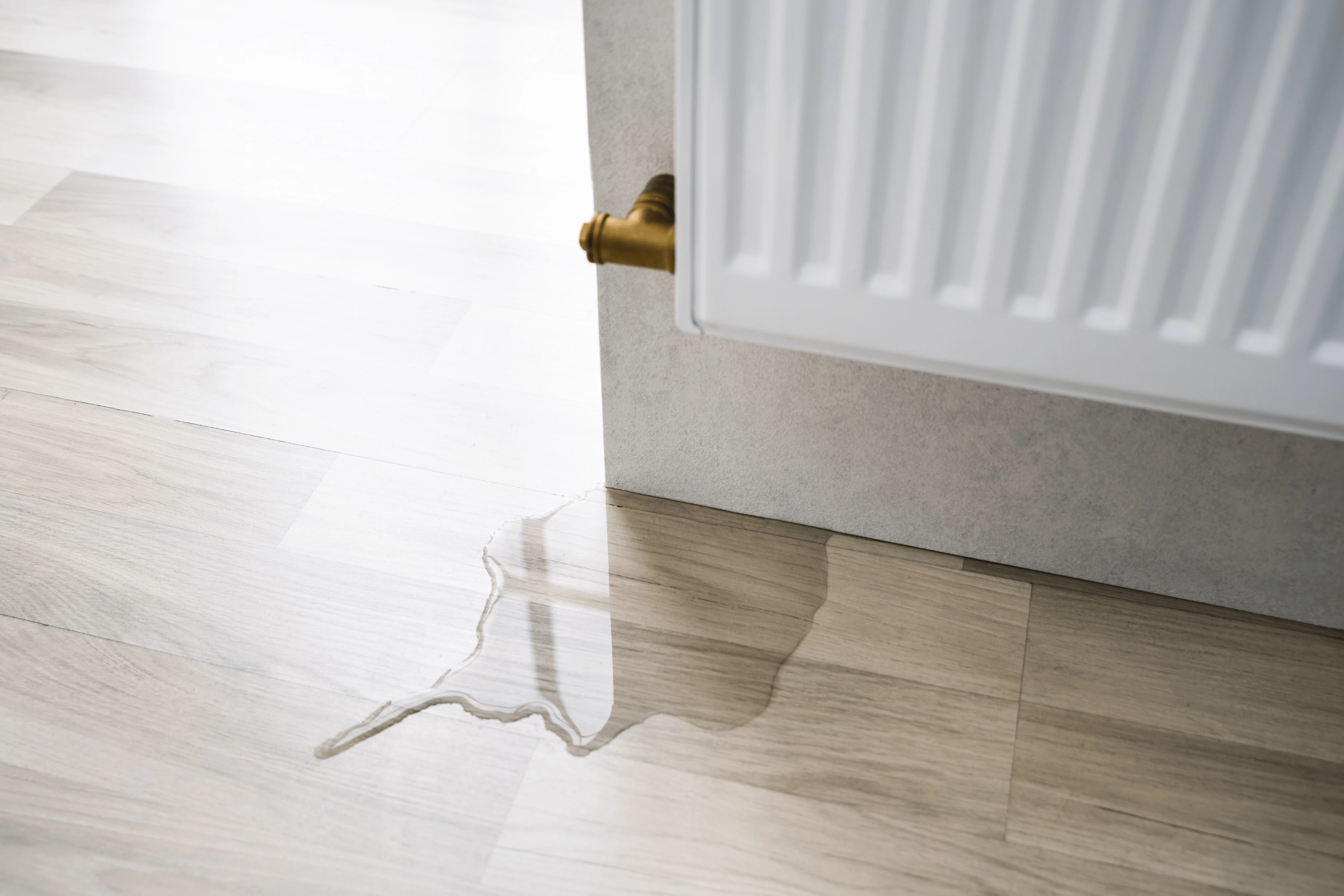A leaking radiator valve is one of those annoying problems that if left alone, just gets worse over time.
Obviously, you could get a professional plumber in to sort the problem for you, however in reality, fixing a leaky radiator valve is actually quite straightforward.
In this helpful Bathroom Takeaway article, we’re laid out exactly what you need to do to fix your leaky radiator valve in a clear step-by-step guide.
What Causes A Leaking Valve?
Radiator valves are known to have wear and tear over time due to the water seals losing grip, causing water to leak out slowly.
It could be that the valve itself has not been tightened properly originally, which can cause water to escape. So, to cover all angles, make sure it’s fully tightened up first.
How To Detect A Radiator Valve Leak?
First, thoroughly dry your valve by wiping it down with a cloth. Next, turn off your central heating system and then turn it back on to get the water circulating through the radiators.
Finally, identify the suspected leaking radiator valve and carefully inspect the radiator body and valve for any signs of water trickling out.

How To Fix A Leaking Radiator Valve?
The below 8-step guide can be used for both a manual and learning how to fix a leaking thermostatic radiator valve.
- Drain System - Before repairing a radiator valve, you must first drain the system below the level of the leak.
- Close Valves - Turn off the supply valve, which is where the water enters the radiator. Next, turn off the lock shield valve, which is the plastic-capped valve on the opposite side of the radiator. Be sure to count the number of turns it takes to close the lock shield valve.
- Protect Your Floor Space - Get yourself a towel and a bucket in-case of any water leakage that may come from the radiator.
- Loosen Nut - Use an adjustable wrench to loosen the union nut connecting the feeder pipe to the radiator.
- Drain Radiator - Open the bleed valve to drain the remaining water from the radiator into the bowl.
- Tape Up - Wrap the male end of the valve tail with 10-15 layers of PTFE tape, taking care to apply the tape carefully.
- Open Valves - Re-tighten the union nut, then open the bleed and lock shield valves, taking note of how many times you turned them to close them previously.
- Close Bleed Valve - After restoring water to the system, inspect for any leaks and then close the bleed valve.
Frequently Asked Questions
Is A Leaking Pressure Relief Valve Dangerous?
Yes it can be, faulty pressure relief valves that leak can result in catastrophic consequences, such as over-pressurisation that damages equipment and creates serious safety risks.
How Do You Seal A Leaking Radiator?
If you are wanting to know how to repair a leaking radiator valve. You need to apply epoxy putty directly over the leak and allow it to fully dry before refilling the radiator and turning the water back on.
Alternatively, you can add a leak sealer solution to the central heating water tank as another method for fixing a pinhole leak.
Why Is My Boiler Leaking Water From The Relief Valve?
The water in your tank is likely expanding as it warms, causing it to leak out through the relief valve.
Installing an expansion tank on the hot water heater will probably resolve this issue.






















